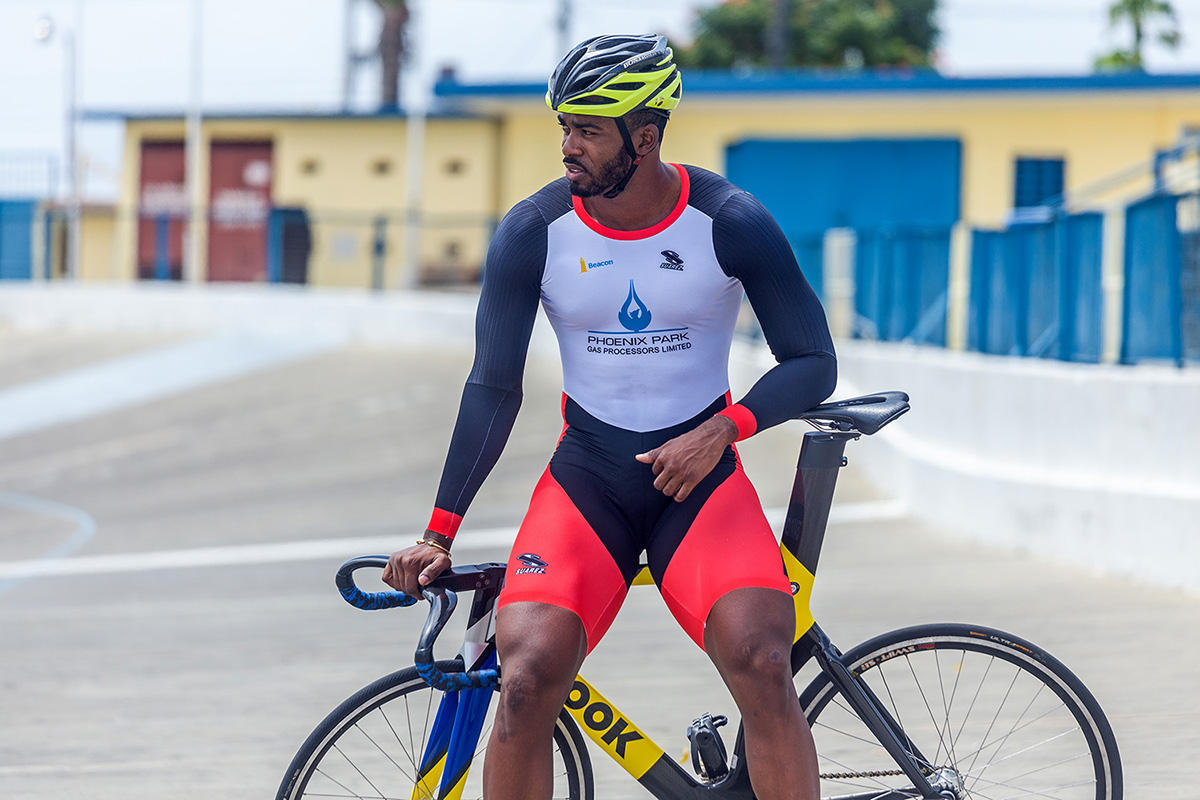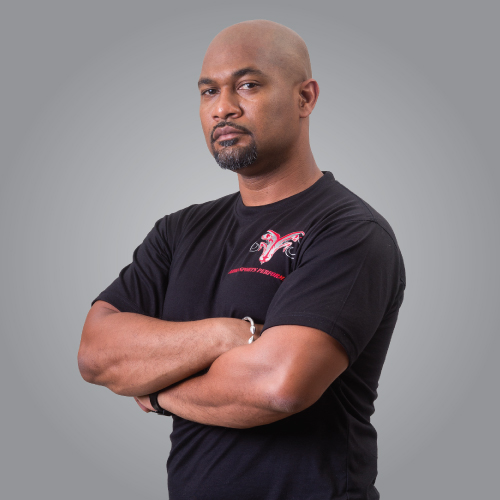


In preparation for a season a coach will set a training plan around his cyclist’s goals. Generally each goal is linked to a time trial setting or a set competition within the calendar of events. The time trials and some meets are performance indicators that signals to the coach if the athlete and coach are heading in the right direction based on the training plan. My role as a performance specialist is to compliment what the coach has set up. My training plan must parallel the coach’s training plan therefore if the athlete has less volume on the bike I can’t load the athlete with a lot of reps or sets of exercises because that would be counterproductive and negative consequences will occur.
It is important for athletes to know too how the wrong strength training methods can affect their performance. Typically when athletes enter a commercial gym they are bombarded by overzealous personal trainers who are only interested in how far they can push an athlete, not considering that an athlete’s body is quite sensitive to stimulus. Trainers may try to overload an athlete thinking that more is better when that may not be the case if they don’t consider that the coach is the one directing the training. Therefore “legs day”, “back and biceps day” and or “chest day” DOES NOT APPLY to athletes. If you’re a personal trainer reading this and you have done this with an athlete then you need to go do some more reading. Athletes don’t train like bodybuilder athletes even though some may look similar. The great coaches also know exactly how much load, volume and intensity is required and most set their own strength and conditioning program because they don’t trust another person to handle it, and this is because someone in the past messed up one of their athletes. So personal trainers; please know your role and limitations.
As stated before, cyclists tend to focus on the legs and forget about other important areas that would reinforce good habits on the bike especially while the athlete is under tremendous stress during training and competition. Before I design a training plan I evaluate basic movements and physical competencies to determine where an athlete is in relation to the coach’s desired state. The coach directs me toward the ideal in relation to performance and I design a program that would create the desired outcome. Any athlete that falls under my care isn’t seen specifically for what they do but as an athlete who does performs a skill based on their talent and sport of choice. Therefore all preconceived notions about training are generally thrown out the door and rebuilding athleticism starts over. This period of learning and unlearning may frustrate an athlete and even the coach because they may not see how it applies to an athlete in the long term but patience in the process and continuous communication brings everything together when all involved see the positive results beginning to occur.
The rebuilding phase can occur quickly or slowly depending on how fast an athlete learns movement. Cyclists that I’ve trained are surprised when I give basic exercises that don’t seem applicable to the bike but when it comes together it’s a beautiful thing.